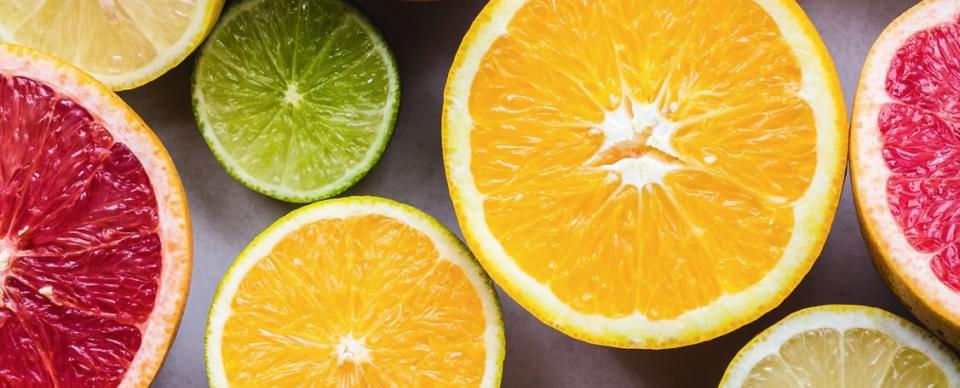The Top 2 Workouts That Slow Aging on a Cellular Level
Plus, how to turn any exercise into a HIIT workout.
December 23, 2019
New research has found that on top of all of the other health benefits you already know about exercise, it can help with aging, too.
According to this study, you should add endurance and high-intensity interval training (HIIT) to your routine. These exercises keep your heart rate up and can keep your cells younger for longer. The researchers determined this by measuring the structures at the end of chromosomes, known as telomeres.
Thanks to older research, we know that our telomeres start to shrink as we age. Also, older people with longer telomeres don’t experience vascular aging as rapidly as people with shorter ones. This means their veins are generally in better shape and they’re less at risk for conditions like heart disease and stroke.
Details of the study
-
The study followed 124 people who exercised for 45 minutes, three times a week, for 26 weeks.
-
The participants were split into four groups: the aerobic group (continuous running), the HIIT group (4x4 interval program), the resistance group (eight machine-based exercises), and the control group (no exercise at all).
-
At the end of the 26 weeks, those in the control and resistance groups had no change in telomere length. However, those in the aerobic and HIIT groups saw a "two-fold" increase in length.
The researchers also found that the people in the aerobic and HIIT groups experienced more telomerase activity. This is the process that caused their chromosomes to become longer.
It’s worth noting several things about this study:
-
It didn’t measure respiratory benefits, which is what allows you to not get winded when you walk up a set of stairs.
-
Telomere length isn’t the only factor that accounts for aging.
It also wouldn’t be accurate to say that it’s aerobic or HIIT exercise alone that cause this change in healthy aging factors. These exercises help play a part in stimulating nitrous oxide, which helps keep your mitochondria healthy and maintain the fight-or-flight mechanisms in your body.
While the study didn’t find anti-aging benefits from resistance training, it doesn’t mean there’s no benefit to weightlifting. As you get older, your body will have decreased muscle mass. This can increase your risk for:
-
falls
-
fractures
-
impaired function
-
osteoporosis
-
death
If anything, treat this study as a reminder to maintain a balanced approach to exercise. Try a mix of aerobic and resistance: Run on Tuesdays and lift weights on Thursdays.
Start your telomere-friendly routine anytime
If you’ve never been a gym aficionado, aerobic and HIIT workouts are a great way to start. After all, the study saw growth in the telomere length of middle-aged participants even with no fitness background. Tip: Almost any workout can become HIIT workouts simply by creating intervals of intensity.
| Aerobic workouts |
HIIT version |
| Swimming |
Swim fast for 200 meters and rest for 1 minute |
| Jogging |
High knees for 30 seconds, rest for 10 |
| Low-impact cardio routines |
Perform reps for 30 seconds, rest for 1 minute |
| Elliptical |
Pedal fast for 30 seconds, then slow for 2–4 minutes |
| Dancing |
4x4 (four exercises, four rounds) |
The ECU study was a collaboration with researchers from the Herlev & Gentofte University Hospital, Aarhus University, as well as the Danish Cancer Society Research Centre, Aalborg University Hospital, the Universities of Western Australia and the International Agency for Research on Cancer.



